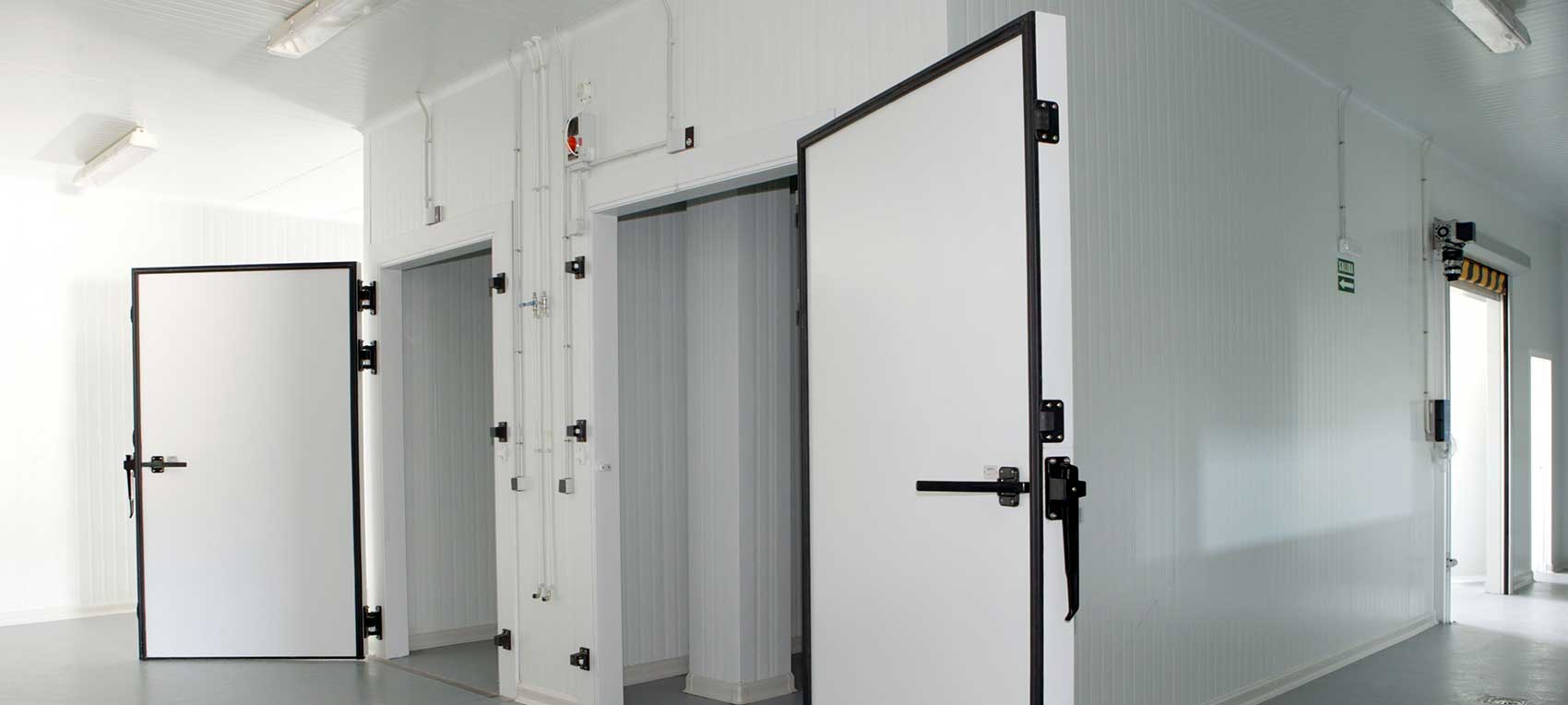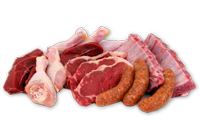
How to preserve meat

TYPES OF MEAT
PRESERVATION
WHAT YOU MUST KNOW
There isn’t a regulated normative for the RH, but it must be around 85-90%.
Bacteria metabolism slow down as much lower the temperature is, same as muscle chemical reaction.
Carcass, half carcass and quarters transport should be done with coolant vehicles at a maximum temperature of 7ºC and 3ºC for waste.
It is essential to mantain the cold chain to guarantee the food security and to assure that products are in well conditions for the end consumer.


